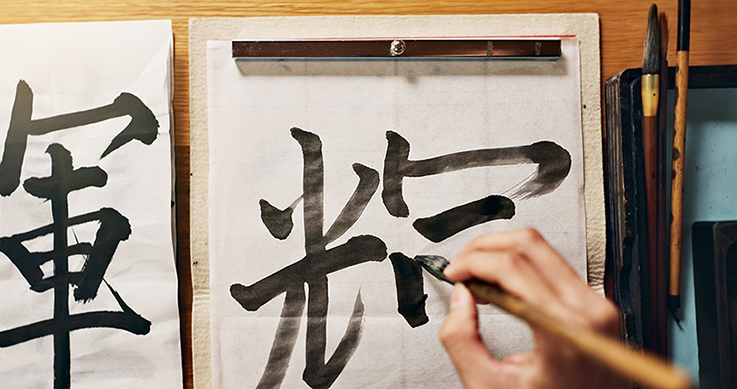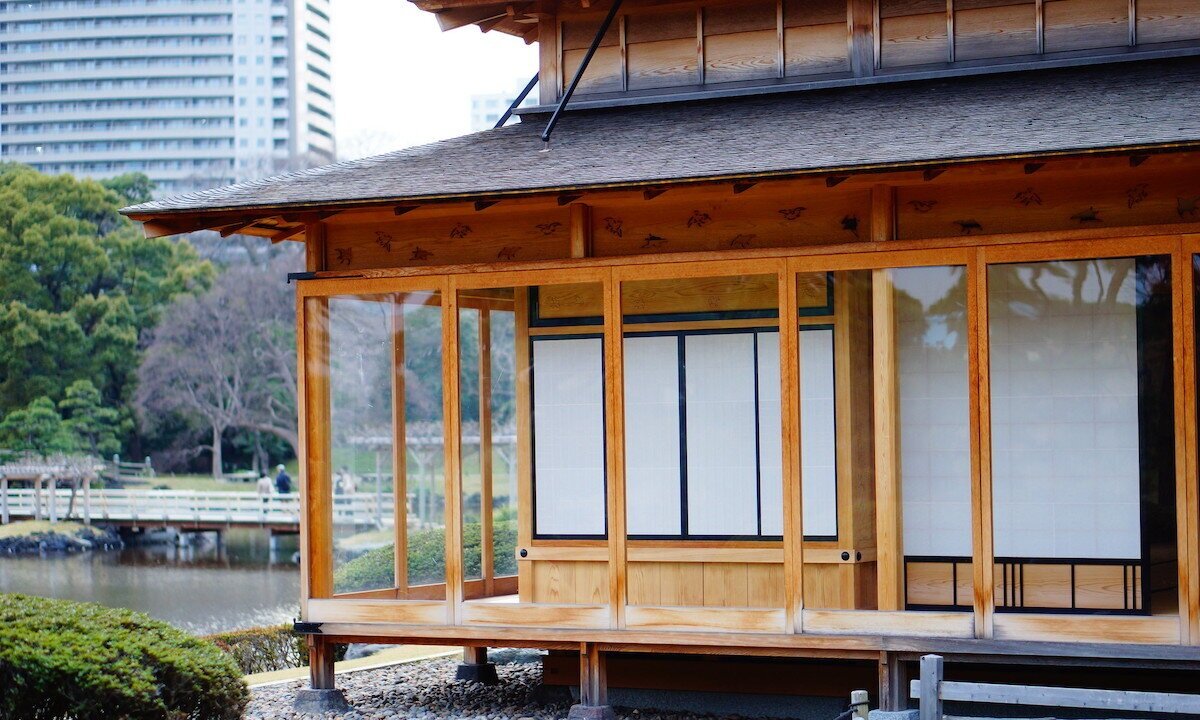Japanese castles are more than just architectural wonders from the past; they have evolved over the years to serve a variety of modern purposes. While these fortresses once functioned as military strongholds during Japan’s feudal era, today they are vital cultural symbols and significant tourist destinations. The transformation of many Japanese castles into museums, venues for festivals, and centers for tourism has allowed them to retain their historical importance while offering new opportunities for visitors to engage with Japan’s past and present.
In this article, we’ll explore how these magnificent castles are used today, showcasing their role in preserving history and contributing to the country’s cultural landscape.
1. Japanese Castles as Museums
One of the most prominent modern uses of Japanese castles is their role as museums. Many castles have been transformed into educational centers where visitors can learn about Japan’s history, culture, and military past. These castles house exhibits that highlight the architecture, artifacts, and art from the feudal era.
Himeji Castle
Himeji Castle, perhaps the most famous of Japan’s castles, serves as an outstanding example of a historical museum. Known as the “White Heron Castle” due to its elegant appearance, Himeji Castle was designated a UNESCO World Heritage Site in 1993. Inside the castle, visitors can explore a variety of exhibits that showcase the history of the castle and the samurai culture. Displays include weaponry, armor, and samurai-related artifacts, giving visitors a glimpse into the daily lives of those who lived there centuries ago.
Nagoya Castle
Nagoya Castle, reconstructed after World War II, serves as both a historical museum and a modern cultural center. The museum inside showcases the history of the Tokugawa shogunate, with exhibits focused on samurai armor, paintings, and other artifacts. The castle’s role as a museum allows visitors to learn about its strategic significance in Japanese history, as well as its architectural evolution.
Osaka Castle
Osaka Castle is another prime example of a Japanese castle used as a museum. It now houses an extensive collection of exhibits detailing the history of the castle and the role it played during the Warring States period and the unification of Japan. The modern museum on the upper floors provides visitors with an interactive experience that includes high-tech displays and multimedia presentations, bringing the castle’s past to life.
2. Japanese Castles as Venues for Festivals
In addition to their use as museums, many Japanese castles host traditional festivals that bring history and culture to life. These events celebrate everything from samurai traditions to seasonal festivities and local customs.
Takamatsu Castle – The Cherry Blossom Festival
Located in Kagawa Prefecture, Takamatsu Castle is renowned for its picturesque setting, especially during the cherry blossom season. Every spring, the castle grounds host the Takamatsu Cherry Blossom Festival, where visitors can enjoy the beauty of blooming sakura trees, watch traditional performances, and experience local food. The combination of nature and history makes this festival a unique way to experience Japanese culture.
Kochi Castle – The Summer Festival
In Kochi, the Kochi Castle becomes the center of the Kochi Summer Festival. This event features traditional dance performances, food stalls, and fireworks, drawing thousands of visitors each year. The castle’s historical backdrop provides the perfect setting for the vibrant celebrations, allowing people to enjoy both the festivities and the history that the castle represents.
Kumamoto Castle – Samurai and Ninja Festivals
Kumamoto Castle, famous for its beautiful black exterior and well-preserved structures, is home to the Samurai and Ninja Festivals. These festivals celebrate the samurai culture with reenactments, parades, and performances. Visitors can watch historical battles, learn about samurai swordsmanship, and even participate in workshops to learn more about the art of the samurai. The castle grounds transform into a lively hub of historical reenactment and cultural engagement.
3. Japanese Castles as Tourist Attractions
Beyond their roles as museums and venues for festivals, many Japanese castles have become major tourist attractions. These castles, which were once primarily military fortifications, now draw visitors from all over the world who come to admire their architecture, gardens, and surrounding landscapes. As part of Japan’s tourism industry, they play a critical role in attracting both domestic and international travelers.
Matsumoto Castle
One of Japan’s oldest and most well-preserved castles, Matsumoto Castle attracts tourists for its stunning architecture and historical significance. Known as the “Black Crow Castle,” it is unique because it has retained much of its original wooden structure, giving visitors a more authentic feel of Japan’s feudal past. Tourists flock to Matsumoto to explore the castle’s interiors, which have been preserved with minimal modern intervention, providing a rare glimpse into Japan’s samurai history.

Shuri Castle
Shuri Castle in Okinawa, which was once the royal seat of the Ryukyu Kingdom, has also become a major tourist destination. Although the original structure was destroyed by fire in 2019, the castle remains a significant cultural landmark. Reconstruction efforts are underway, with parts of the castle being rebuilt to reflect its previous splendor. The site continues to attract tourists who are keen to explore its cultural significance and learn about the unique history of Okinawa.
Nijo Castle
Located in Kyoto, Nijo Castle is famous for its “nightingale floors,” which chirp when walked upon, designed to alert its inhabitants of intruders. Nijo Castle is a UNESCO World Heritage Site and attracts tourists who are interested in both the architecture and the historical events that took place within its walls. Tourists can enjoy the intricacies of its gardens, interior rooms, and artwork, making it a must-visit attraction for anyone touring Kyoto.
Conclusion
Today, Japanese castles serve as dynamic cultural centers, drawing visitors from around the world who wish to experience Japan’s rich history and culture. Whether transformed into museums, serving as venues for festivals, or acting as major tourist attractions, these castles continue to play an essential role in preserving Japan’s heritage. Their modern uses not only help to protect the historical integrity of the castles themselves but also contribute to Japan’s vibrant cultural landscape, ensuring that the beauty and significance of these fortresses will be appreciated for generations to come.











